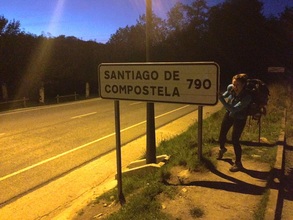 The rustle of bags and the sound of zippers beat our alarm to its job. I reluctantly rolled over to check the time…4:45am, ugh. It must be someone getting up to go to the toilet, I thought to myself. But the sound of snoring that I had grown accustomed to throughout the night had ceased and I began to suspect these people were actually waking up to start their walk. I looked to my left and in the dim moonlight filtering through the window, the shadows of pilgrims zipping their bags, lacing their boots, and fastening their headlamps confirmed my suspicions. What did we get ourselves into? 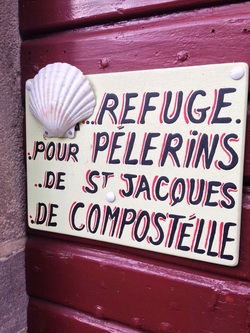 Signs indicated breakfast would be served at 6:30am, so we had assumed we would be some of the first to rise when we set our alarm the night before for 6:15. We learned our first lesson of the Camino: waking up at 6:15am is called “sleeping in.” And when we finally dragged ourselves out of bed to get ready and eat our “breakfast,” we learned our second lesson of the Camino: “breakfast included” means you get a cup of coffee and a slice of bread. Since I can’t eat bread, I sat sipping the coffee, which would be my only fuel to start the day’s 27km hike. While waiting for the caffeine to kick in, I stared blankly into my mug and reflected on the events of the day prior, when we first arrived to St. Jean-Pied-de-Port… 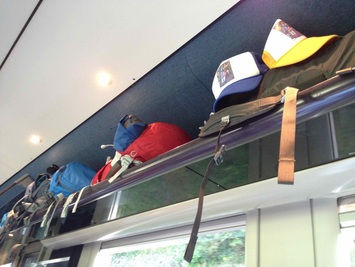 Our bags next to everyone else's on the train to St. Jean Our bags next to everyone else's on the train to St. Jean Our train had pulled into the station where we were waiting in Bayonne. It’s hard to even call it a train as it only had one car. We stepped on and took our seat. As passengers boarded one or two at a time, I began to suspect that there is only one reason anyone goes to St. Jean Pied-de-Port. Every passenger had a backpack and hiking gear. I had never seen so many Northface logos at one time (outside of REI). I had sized up everyone’s pack and decided that the box we mailed from Bordeaux to Santiago to lighten our bags was well worth the $65. Our packs now looked a little smaller and lighter or at least on par with the others on the train. When we arrived in St. Jean, my suspicions were confirmed as every single person that filed off the train walked straight up the street to the pilgrim’s office to register and buy their credentials for the Camino. The lady that checked us in, casually surveyed us asking the reason for walking the Camino. She had several checkboxes to select, religious, recreation, health, etc…Tom and I looked at each other blankly, both at a loss for words. We had decided to walk the Camino de Santiago just a few weeks prior. And just a few months ago, we didn’t know the Camino even existed. We really didn’t know why we were even walking it. We are not Catholic, but we are religious. We enjoy a physical challenge. We seek unique experiences. But no one reason really stood out. So we selected the box that said “religious/other” and took refuge in the vagueness and non-committal nature of our response. As I faced my mug of instant coffee the next morning, the vagueness of why I signed up to walk the Camino was no longer a source of comfort. But despite my lack of a reason for doing the Camino, I had a compellingly crystal-clear purpose for my day, to walk to Roncesvalles. And as I would soon learn, the following twenty-eight days would be made refreshingly simple by their same clear purpose, to walk. And so with nothing but some instant coffee running through my veins, the iPhone flashlight app turned on, a less than sufficient jacket to keep me warm, and a 20+ pound bag strapped to my back, Tom and I headed off to scale the Pyrenees and begin our walk to Santiago de Compostela. We felt young, strong, and energetic and like typical Americans we approached the Camino like a race. Within the first hour or two we were proudly passing our fellow bunkmates that started at 5am. Tom, at one point, challenged himself, “I want to walk the entire Camino without ever being passed by anyone unless I am on a water break.” And so we went, pushing ourselves to go faster, to take only short breaks, to drink lots of water, and to finish the day’s walk as quickly and efficiently as possible. We were going to win. Fast-forward five hours, 24 kilometers, and 1,200 meters in altitude. We had enjoyed some of the prettiest scenery we would experience on the Camino, traversed the summit of the mountain, froze in our shorts at the top, crossed the border from France to Spain, and were now on our last few kilometers of the day’s hike, heading straight down the hill to Roncesvalles. We made one wrong turn and took the “forest path,” which if we had read the info sheet they had provided us in St. Jean, we would have known is extremely steep and not recommended. Tom and I were both getting a little cranky. Our feet, knees, and hips, which felt great when hiking uphill now felt all the weight of our bags as we descended. Our bodies, fueled by just almonds and dried apricots, begged us to stop. We…ehem… “let” one man (at least 20 years our elder) swiftly pass us by and we humbly decided the Camino was no longer a race. :) We walked our last few kilometers slowly and arrived in Roncesvalles about an hour later. Roncesvalles, a small town of just 24 residents (yes, you heard me right…just 24 residents), is bombarded every day by hundreds of pilgrims. They have a newly renovated albergue with partitioned bunks, clean showers, and friendly hospitalarios (hosts). What they don’t have is blankets. Tom had read on a blog that sleeping bags weren’t necessary on the Camino, so we packed only a “sleeping bag liner,” the equivalent of two sheets sewed together. Whoever wrote that blog must have walked the Camino in the summer because that night we froze. And the next night we froze. And we were perpetually cold till we arrived in Pamplona a few days later, the first large town on our journey. Priority number one when we arrived was to buy sleeping bags and some warmer clothes. Priority number two was to ship another box of stuff to Santiago to further lighten our bags. Just a few days of hiking had taught us our third lesson of the Camino: choices are a luxury you can’t afford to carry. In terms of clothes all you need is two outfits for walking, one outfit for the evening, something for sleeping, two pairs of socks and two pairs of underwear. Everyday you wash a pair of underwear and a pair of socks so they are clean for the following day. Whereas I would usually have separate soaps for my face and body, on the Camino this proved superfluous. Even my small tubes of eye cream were too much to carry; every ounce counts. So we sifted through our packs, and kept only the essentials (and a few valuables we didn’t feel comfortable shipping). We trashed the rest or shipped it to Santiago to await our arrival. You see, when we woke up on just the second morning of our journey in Roncesvalles, we no longer felt like the young bucks that started this trip. Our hips and knees ached deeply in ways that allowed us to empathize with our grandparents. I slowly climbed off my bunk and hobbled to the bathroom. I was so sore that when I got to the bathroom and realized I forgot my towel back at my bed, I dreaded the 20-meter shuffle back to get it. I wondered, how will I survive 30 days of hiking? Scratch that…how will I survive today? 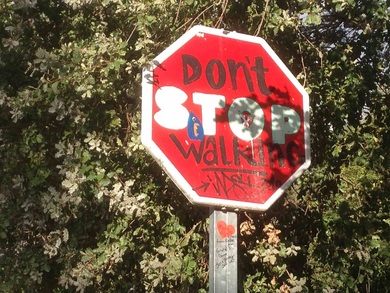 But if there is one thing that truly surprised me on the Camino, it wasn’t the amazing scenery, the kindness of the hospitalarios, and the friendships we forged. Those I expected. But I was shocked by the body’s ability to heal itself, even without rest or a break from its source of pain. Every day we trucked on, we walked through the pain and discomfort, the terrain was unforgiving, and in the midst of it all, we still experienced joy and healing. Perhaps this one wasn’t a lesson of the Camino, but a lesson of life. I continually saw the road as a sort of analogy for life. On the Camino, you don’t ever wish the road away. You don’t ask that the peaks and valleys be flattened. These are what give you variety, vistas, and a common challenge over which to bond with others and form community. The road, with all of its difficulties, may also give you pain. But, since the absence of pain does not guarantee happiness and fulfillment, why spend so much time trying to get off the road, trying to get rid of the pain. Rather than seeking to avoid pain, walk with it, find others to support you through it, and make it your purpose to seek joy, strength, and healing in its midst. As I walked, my dad’s revision of Barbara Johnson’s quote repeated in my head, and I thought to myself, On the Camino, as in life, “pain is inevitable, misery is optional, but joy and healing are available.”
2 Comments
paul sailhamer
12/19/2013 10:52:02 pm
J&T...Found your discoveries about distance walking of interest. I walked my first marathon length walk on my 50th birthday. I had been walking regularly for about a year or so previous. I have walked 7 or 8 of those "marathons" since but never in a race...just for the challenge and enjoyment, often with friends on interesting routes we planned. My first was from our house in Fullerton to the Queen Mary in Long Beach. Several years later we walked from the Mission in Solvang to the one in Lompoc, La Purisima, because when we studied the California mission in 5th grade we heard they were planted a days walk from each other or about 25 miles. You will remember that the trail from mission to mission is called the Camino Real...the King's Highway, and it runs right through downtown Fullerton up Harbor boulevard. I look forward to reading the rest of your Camino adveture. That is a serious walking challenge and I am impressed!
Reply
Kevin Rogers
6/12/2018 04:47:44 am
I enjoyed your 4 part review and look forward to sharing it with others.
Reply
Leave a Reply. |
AuthorI'm Jaime. My husband is Tom. Suburbanites, backpackers, and expats...we've been them all! Categories
All
Archives
July 2016
|

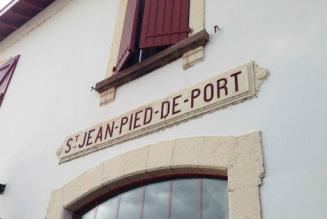
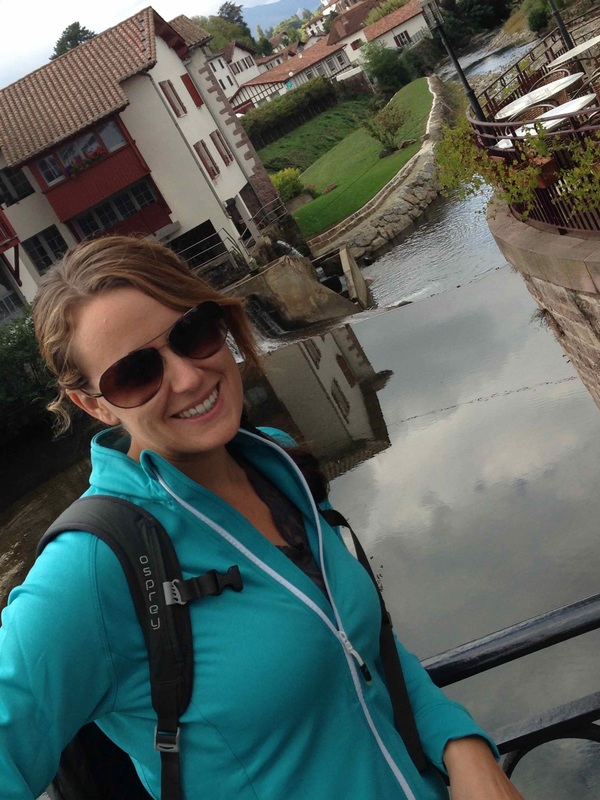
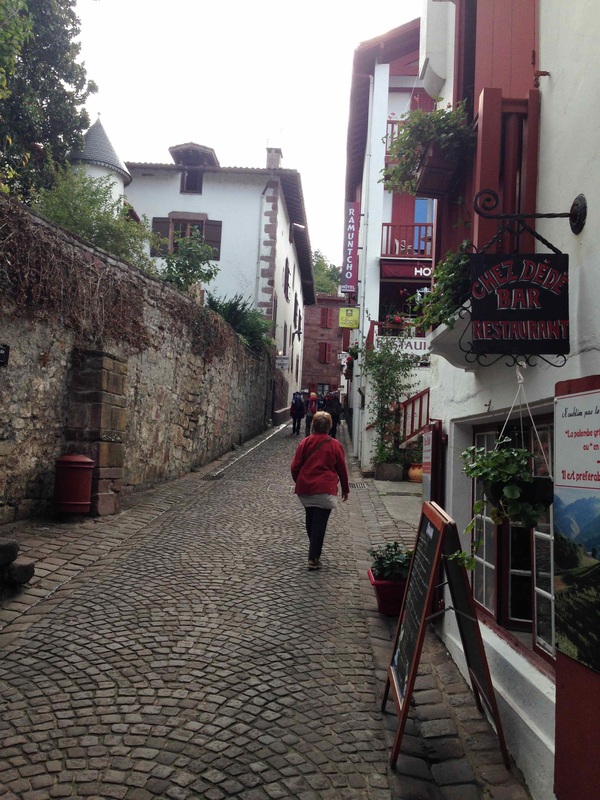
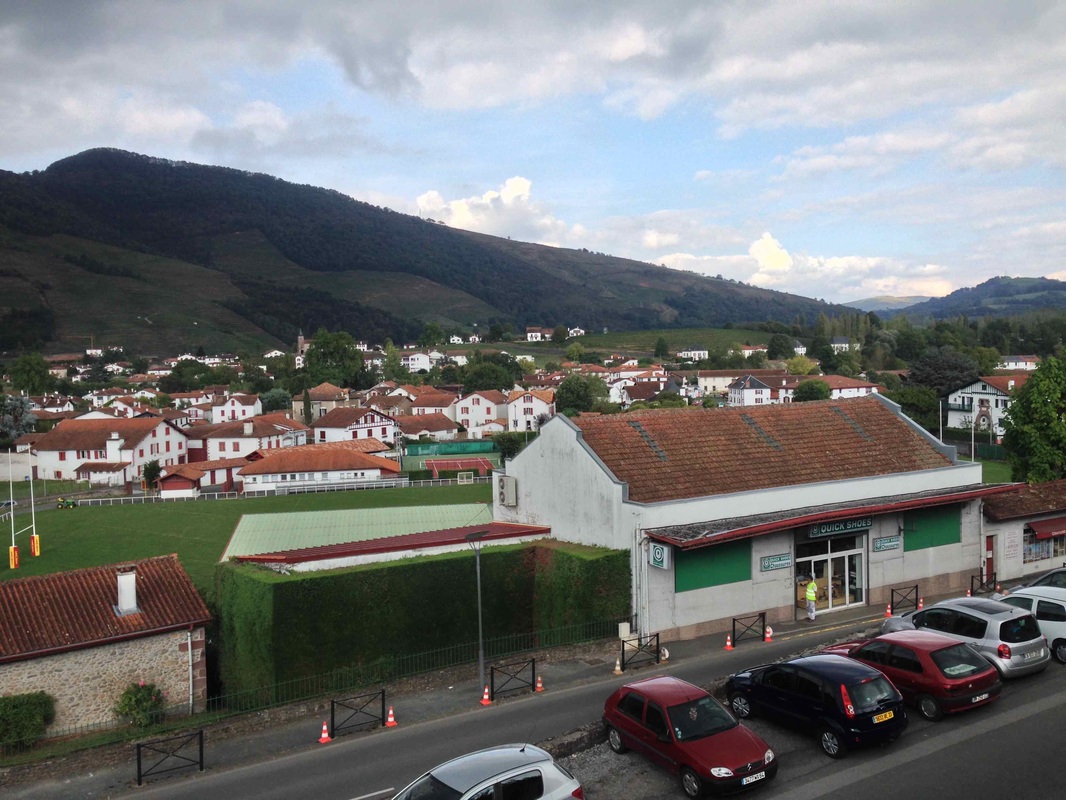
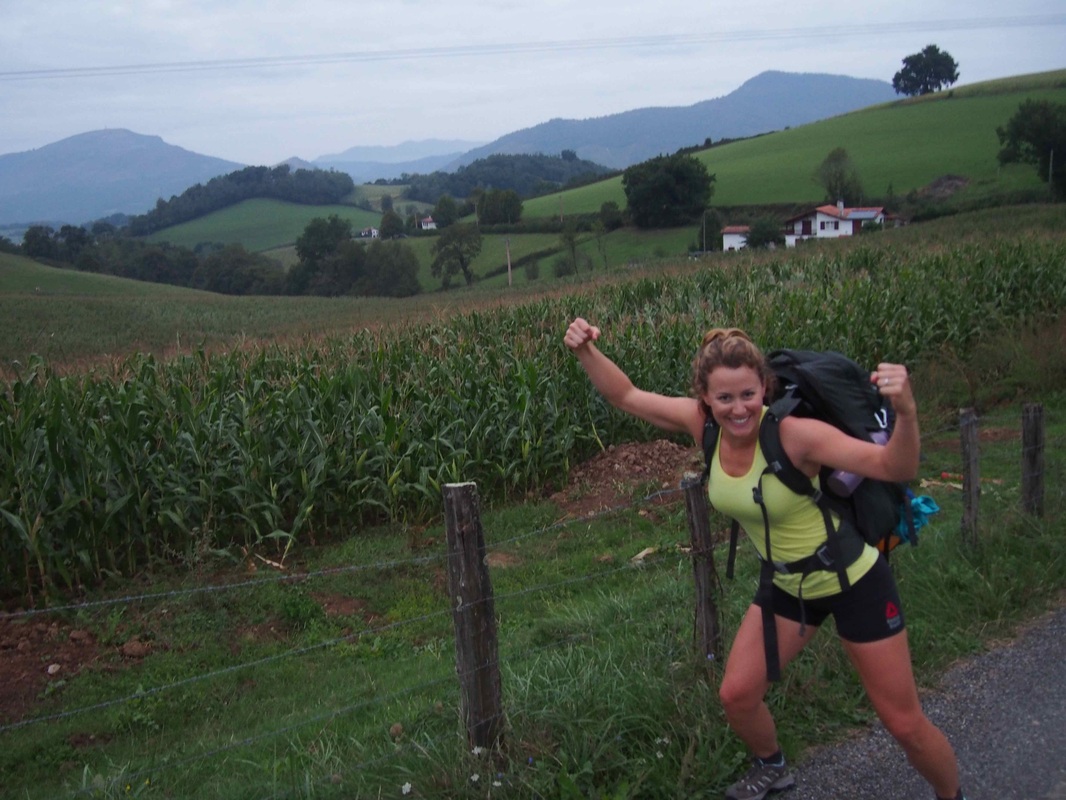
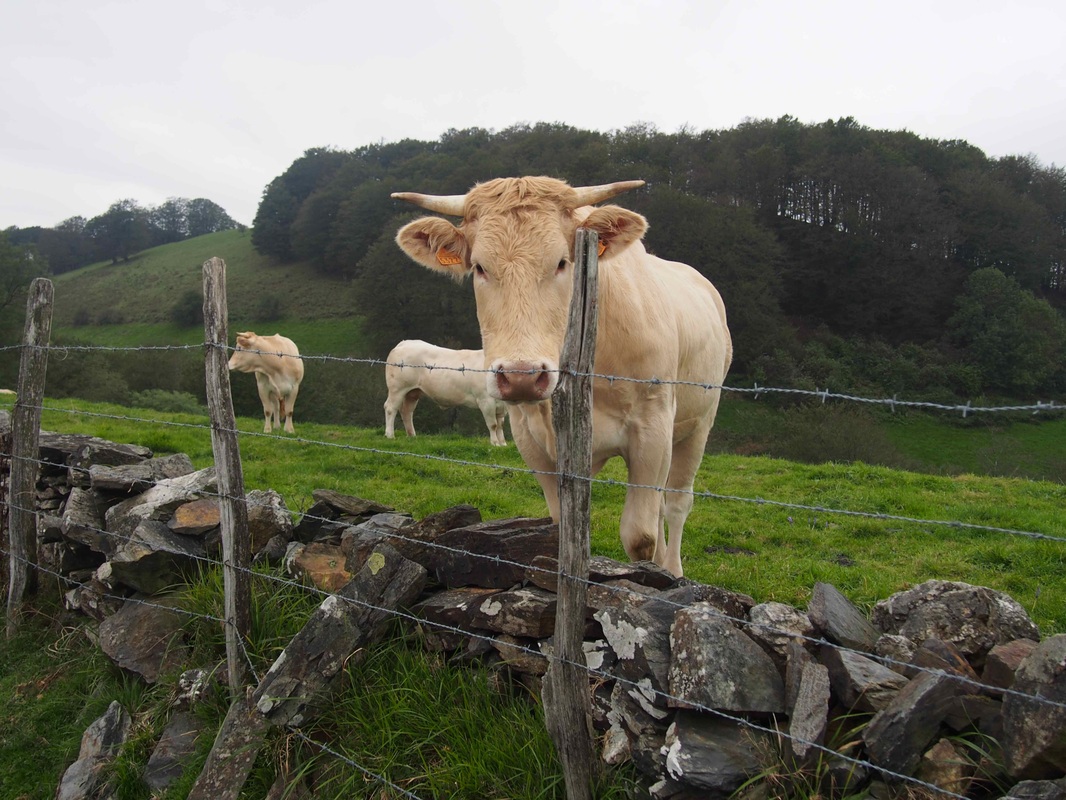
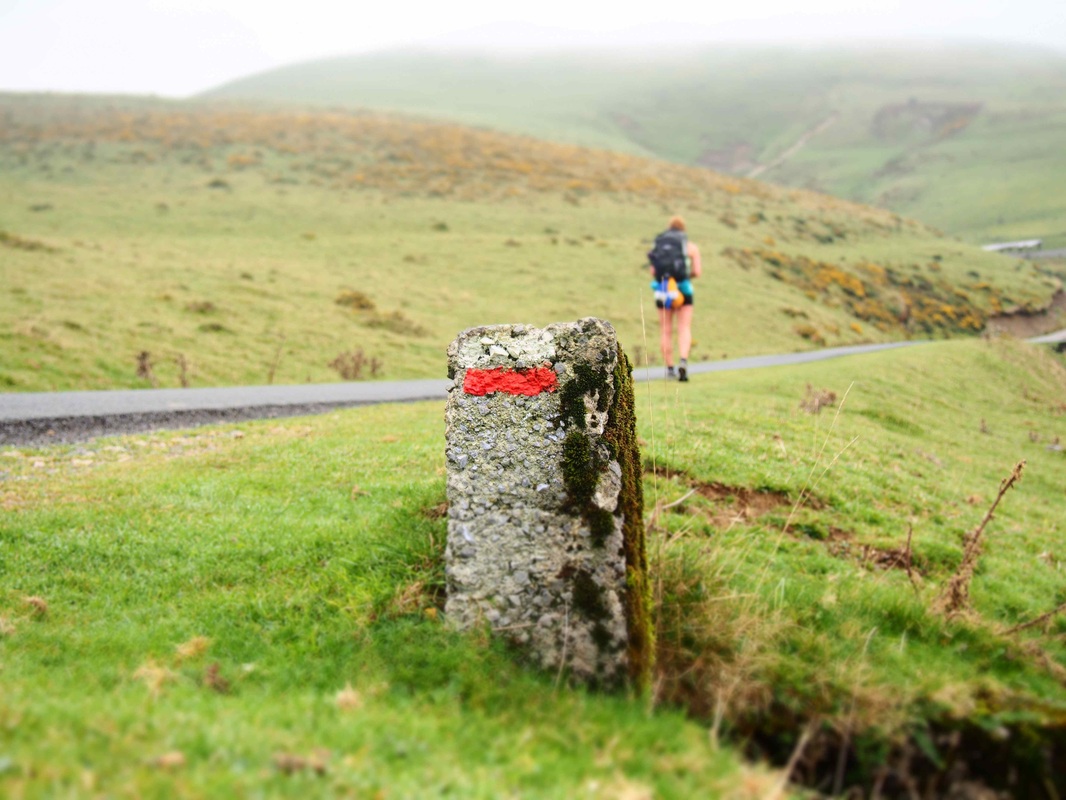
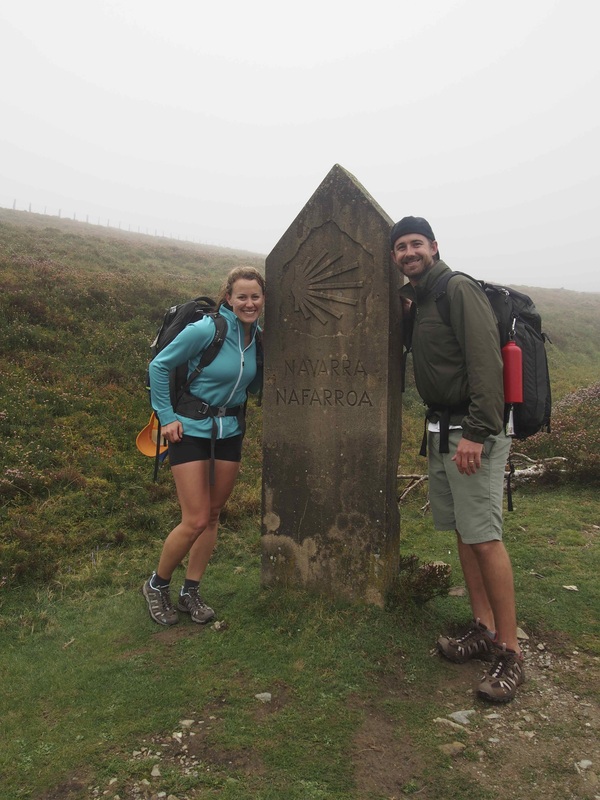
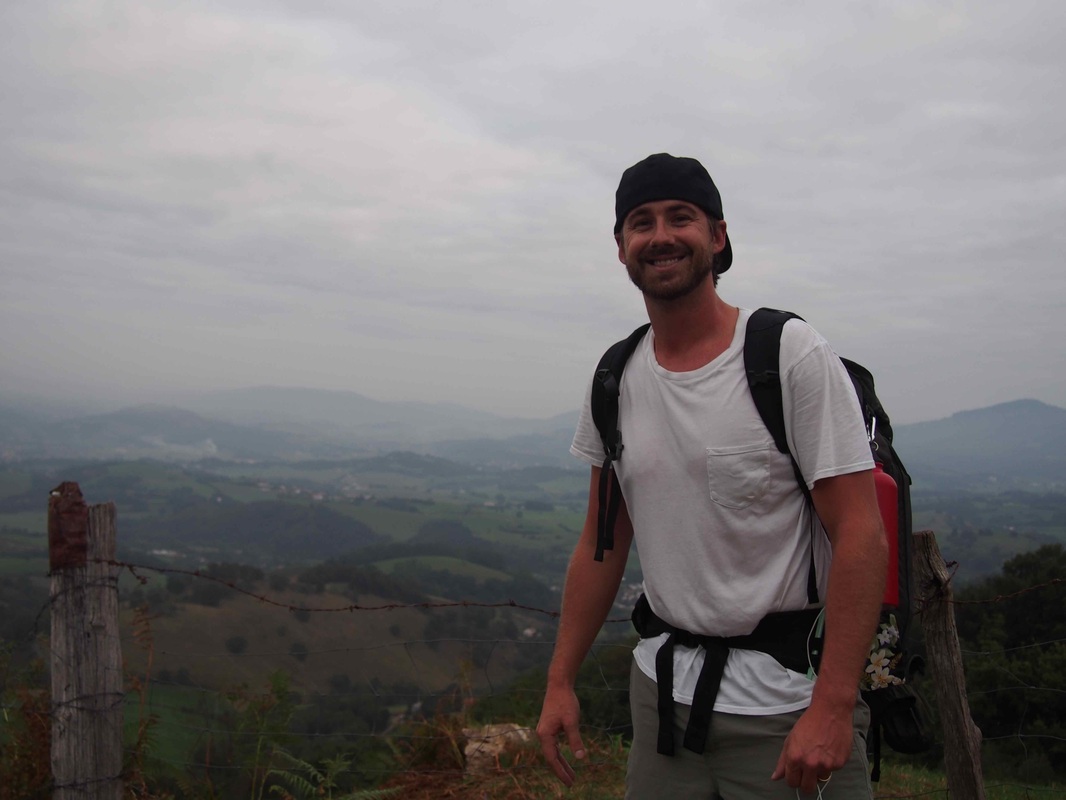
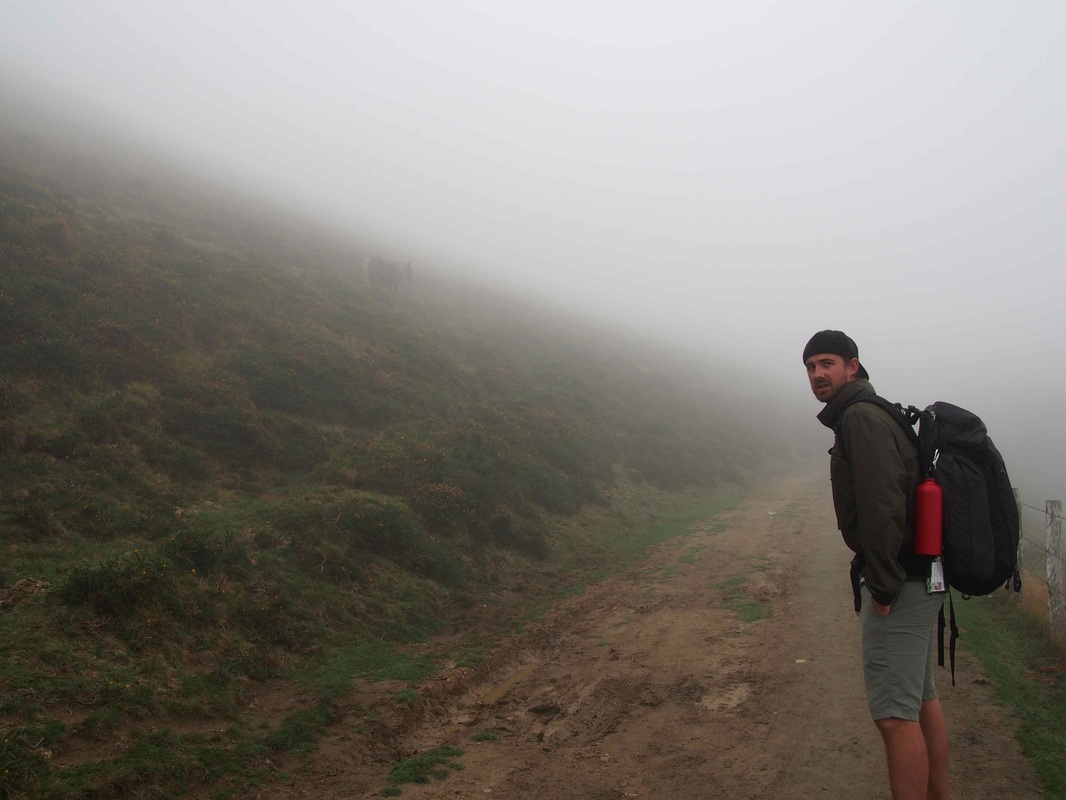
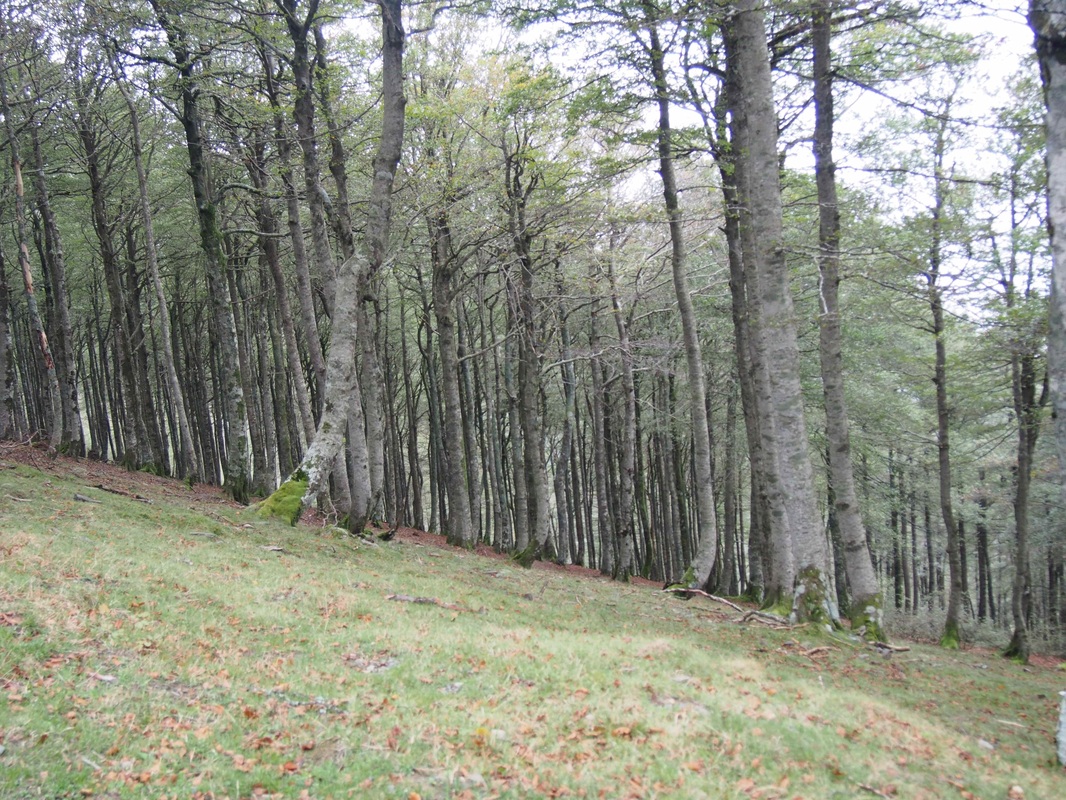
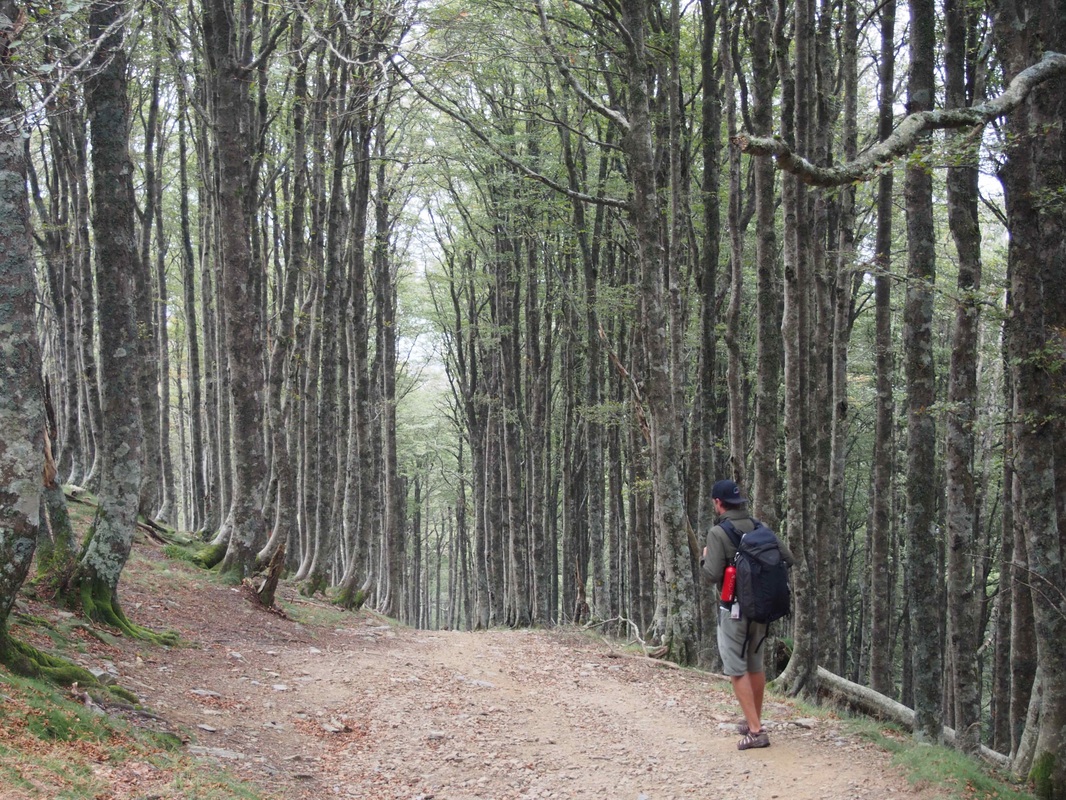
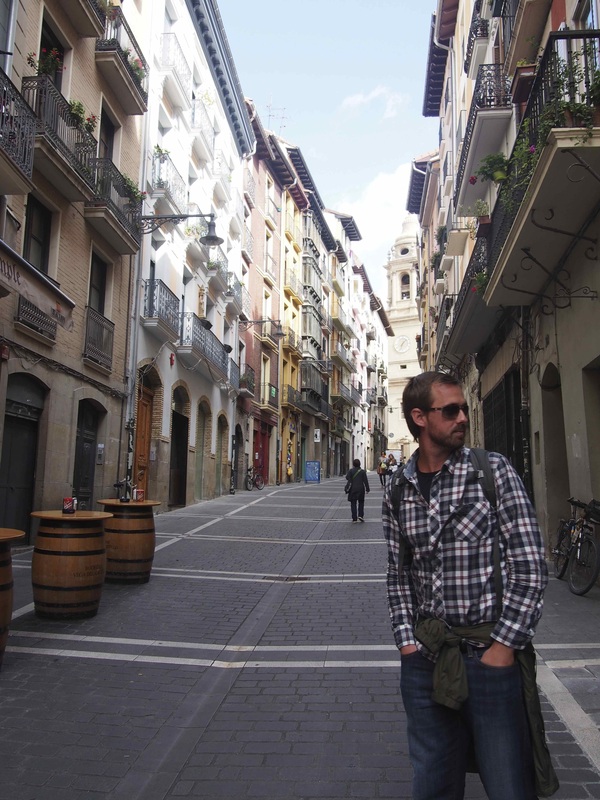
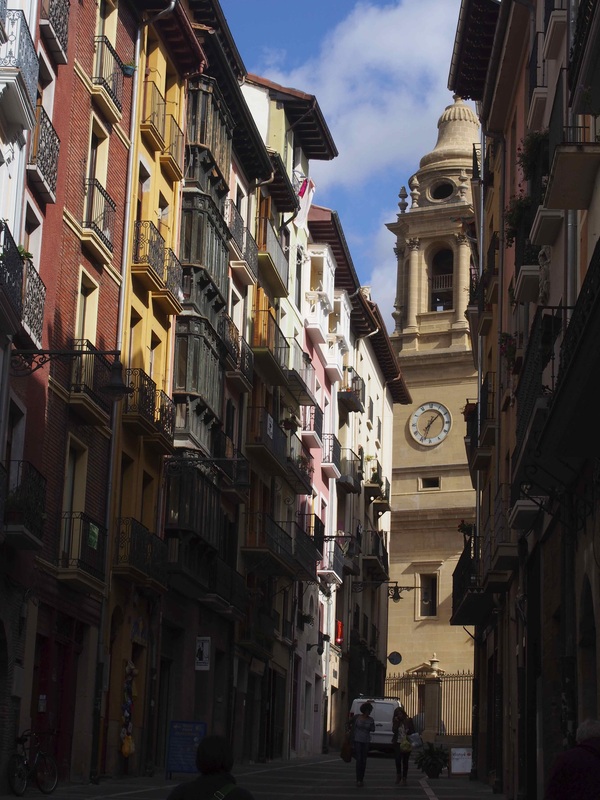
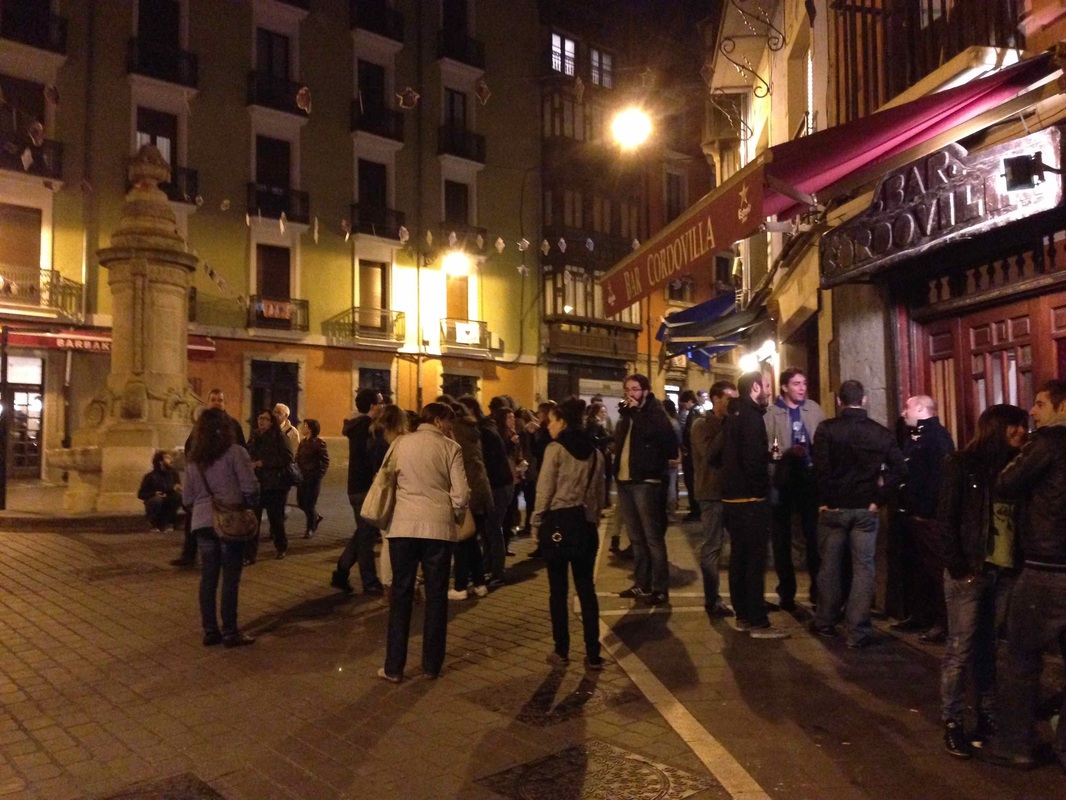
 RSS Feed
RSS Feed